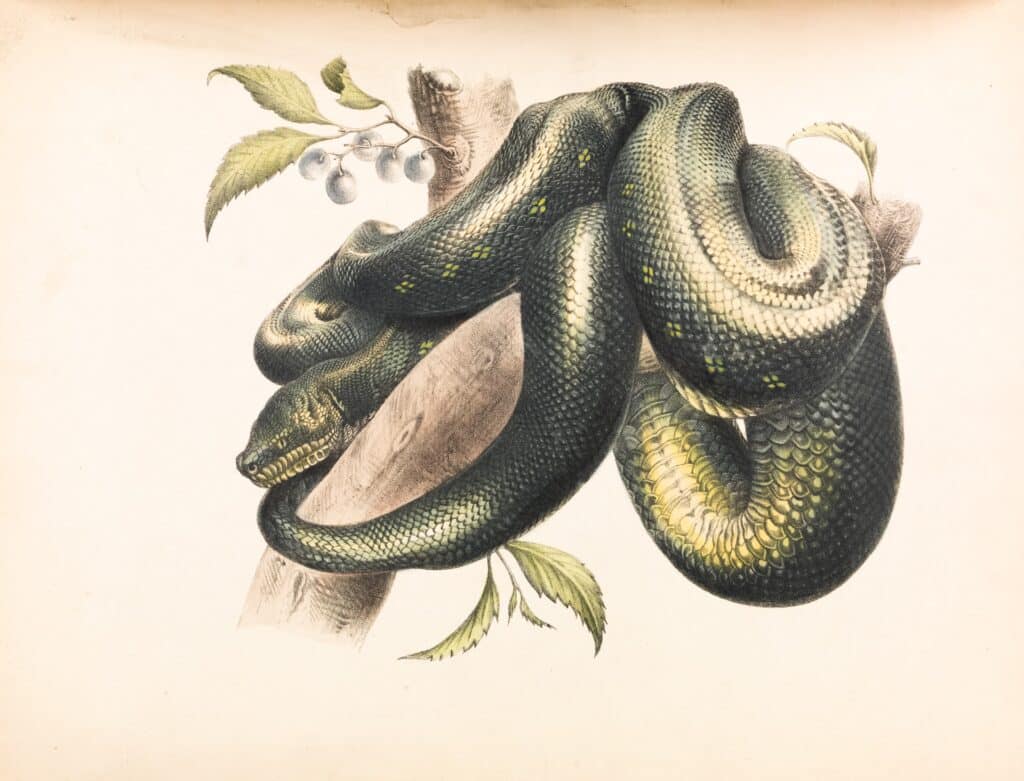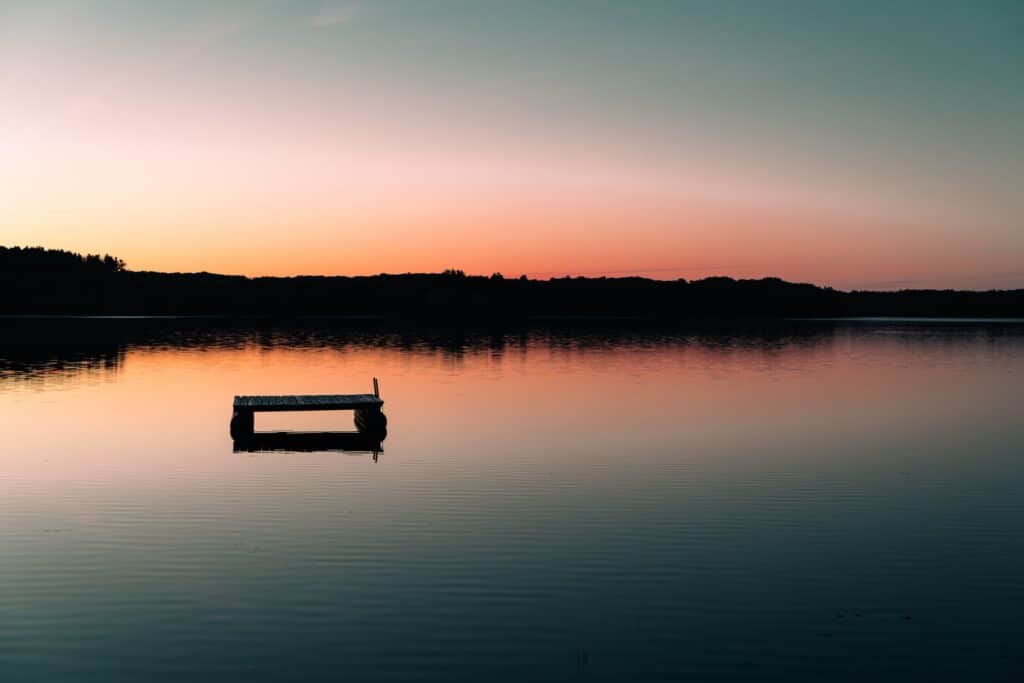The historic lands of the Ojibwe people straddled the current US/Canada border along the northern portions of Minnesota and Wisconsin into much of the Canadian province of Ontario. In a continuation of our review of indigenous and folk Flood stories, we will attempt to relate the Ojibwe tale of the Great Serpent, Mishigineybig, and his role in the watery apocalypse.

But before we dive in, let’s spend a moment clarifying intentions.
I am continually surprised by the parallels between the mythologies of different people. I’m including my own faith tradition, Islam, in this overarching consideration of mythology and I recognize that some folks may be sensitive to a description of their belief system as mythological. The word suggests that we are dealing no longer with universal truths, but rather with fantasies and folk-tales.
Of course, that’s a matter of endorsement. If one subscribes to a particular mythology, as I do with Islam, the narratives of that tradition hold great power and direction. And if one has adopted a different mythology, all else is but fairy-talk.
I think anybody reading this has probably lived long enough to recognize the extent to which perspective plays a role in defining those things held “true,” whether by person, society, or culture. What may be more subtle is my personal dismissal of moral or even mythological relativism. And that’s where a review of these Flood narratives comes in.
While the details of the stories are different, as might also be the interpretations and implications for believers, it’s hard to ignore the similarities between narratives. And a thorough going over of these different mythologies may in fact reveal universal truths, themes that all of humanity have endorsed and promulgated over time.
That’s the intention.
Let’s take Mishigineybig, the Great Serpent of Ojibwe tradition. Mishigineybig is an underwater horned serpent, common to the legends of most Algonquian-speaking tribes. He is said to lurk in lakes and eat people. Those familiar with Abrahamic mythologies will immediately recall the serpent from Genesis or the Leviathan of Job, Psalms, and Isiah. Other details include the presence of horns and a tendency to abide in dark places, characteristics often found in depictions of wickedness incarnate the world over.

I think that’s very interesting. But how did the Great Flood unfold for the Ojibwe?
We start with Michabo, The Great Hare, the orphaned son of the West Wind. He was on his way home from a long journey and was looking forward to being reunited with a beloved cousin. But when he arrived at his lodge, there was no sign of his cousin.
What he saw instead was the slithering track of the Great Serpent etched in the sand. Michabo feared that his cousin had been taken.
He followed the track, bow and arrow firmly in hand. He crossed rivers and mountains and valleys until he came to the edge of a dark lake. This is where the Serpent’s track disappeared.
Michabo peered into the water and far down below he could see the house of the Great Serpent, filled with evil and wicked spirits that kept the beast company and catered to his every need. They were of monstrous shapes and terrible forms and Michabo was sure that his cousin was no longer alive.
Michabo resolved to avenge his cousin and he called upon the Clouds to disperse. He commanded that the Winds be still. And he directed the Sun to shine over the lake with great ferocity, “Make it boil!” he cried. His plan was to force the Great Serpent to seek cool shelter along the banks of the lake where Michabo would have a clear shot at his adversary.
But first, he would have to hide. Michabo turned himself into the stump of a tree.
His plan worked, and as the unimpeded radiant energy of the Sun began to boil the lake, the Great Serpent and his evil minions slithered up and out of the lake. So vast were their numbers that they covered the entire shore. They took shelter in the shade of the many trees and began to drift into slumber, all but one. This creature stood guard, looking this way and that for any sign of danger.
Michabo waited. And when the guard wasn’t looking in his direction, he revealed himself as the Great Hare, took aim, and placed his arrow deep into the heart of the Great Serpent.
With a howl that shook the earth, the Great Serpent plunged himself into the boiling waters of the lake, his companions screaming obscenities and following suit. At the bottom of the lake lay the still body of Michabo’s cousin which they now mutilated, ripping him to shreds in their pain and anger. In his death throes, the Great Serpent summoned his remaining power and caused the waters of the lake to rise and swell. Waves pounded the shore where Michabo stood with a sound like roaring thunder. The water continued to rise and sweep over the land with Michabo running just ahead of the raging waves that crested and crashed all around.
He was thinking of the First People, and he ran through their villages shouting that the flood waters were coming, “The Great Serpent has caused the lake to rise! Get to the mountaintops!”
The people fled with their animals and one by one the mountains were overtaken by the water save the highest. It was upon this peak that Michabo commanded the gathering of wood for the construction of a raft, and no sooner had they completed their work than the water swallowed the last of the mountains.
For many days, the people and their animals drifted upon their raft. The waters began to subside and they could see the tops of trees. Then the mountains. And finally the plains and valleys.

When all the water had dried up, they learned that the Great Serpent had perished. However, his companions were still deep in the lake where they remain to this day, too afraid to emerge so long as Michabo remains upon the earth.
Let us know in the comments what parallels you see between the Ojibwe tale and other Flood narratives that you are familiar with.
And if you want to get ahead of the watercraft learning curve, get your family together and practice rafting with us this summer!
Leave a comment below for posterity or join us in the D&T Chautaqua Discord to discuss this post with other adventurous spirits from around the world.